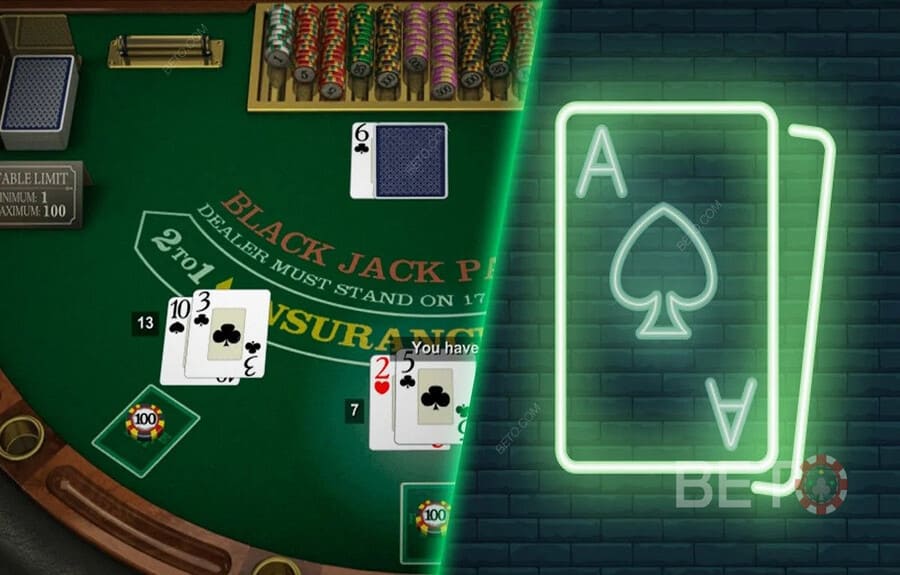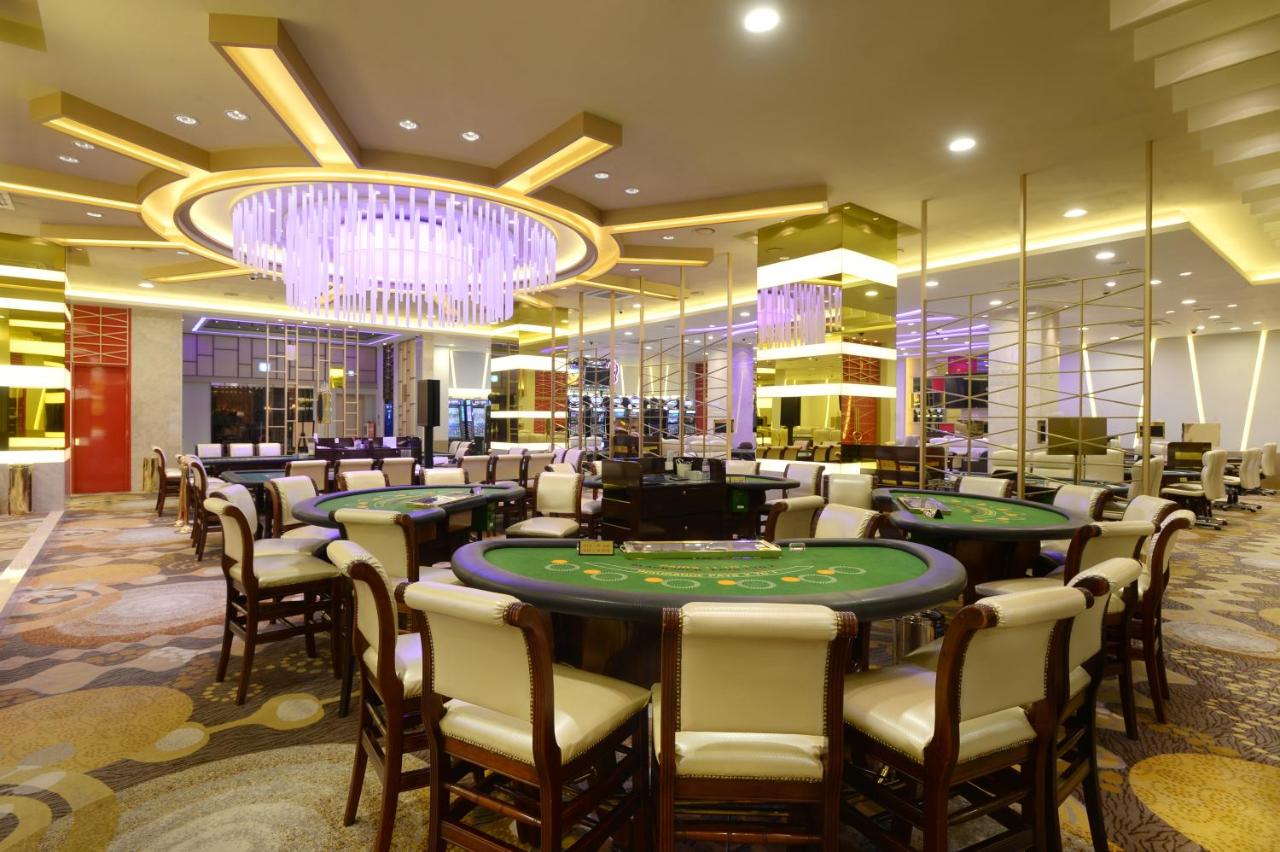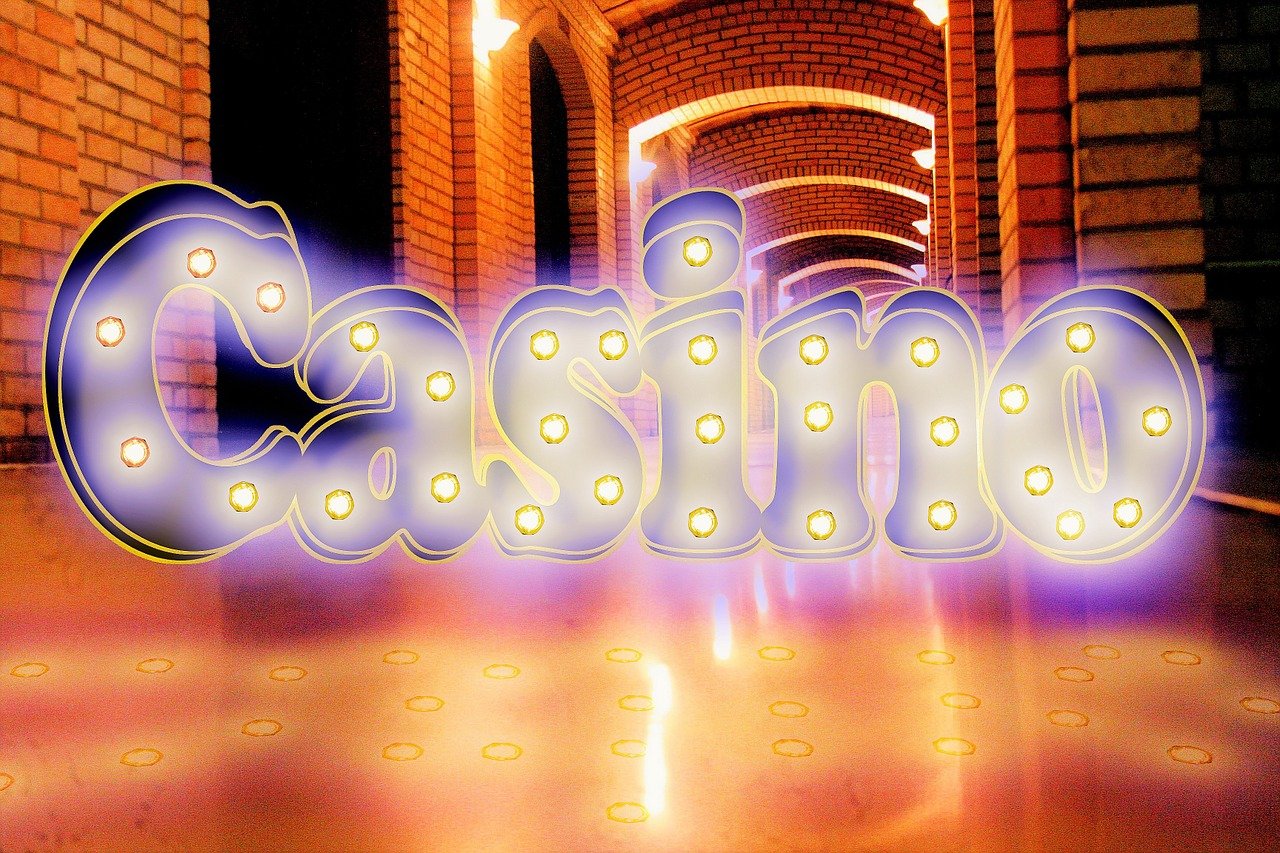안전놀이터와 이박사: 놀이터의 새로운 장을 열다
안전놀이터: 신뢰와 안전의 기준 안전놀이터는 사용자의 안전을 최우선으로 여기는 플랫폼입니다. 이곳에서는 엄격한 기준을 통해 모든 놀이터를 검증하고, 사용자에게 신뢰할 수 있는 정보를 제공합니다. 안전놀이터는 다양한 기준과 절차를 통해 보증업체를 선정하며, 이 과정은 투명하게 공개됩니다. 사용자들은 언제든지 이 플랫폼을 통해 안전하고 신뢰할 수 있는 놀이터를 찾을 수 있습니다. 이박사 플랫폼: 빅데이터를...

















